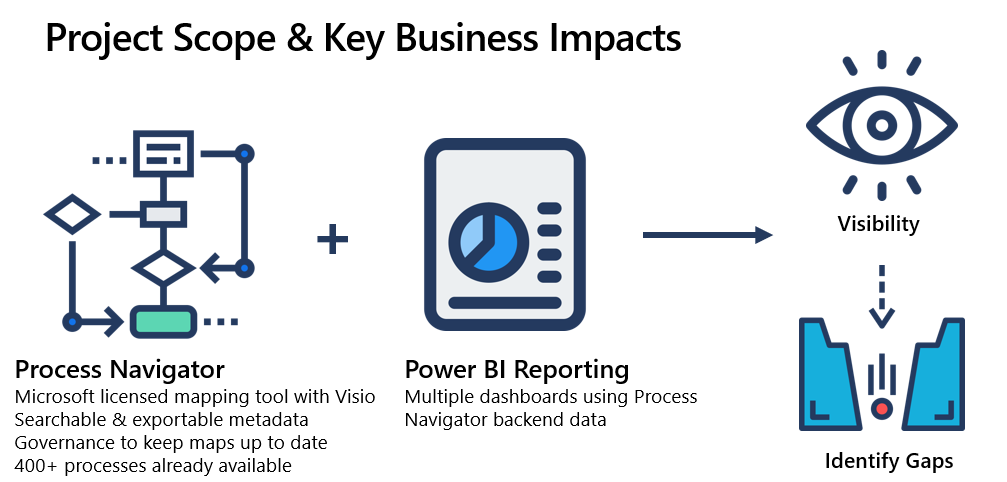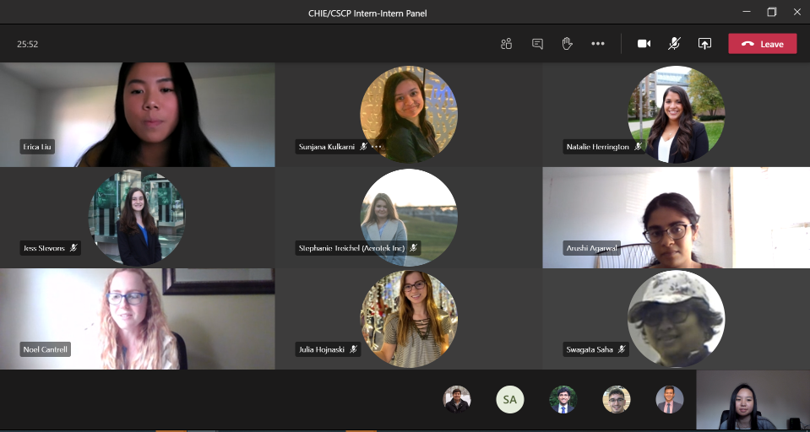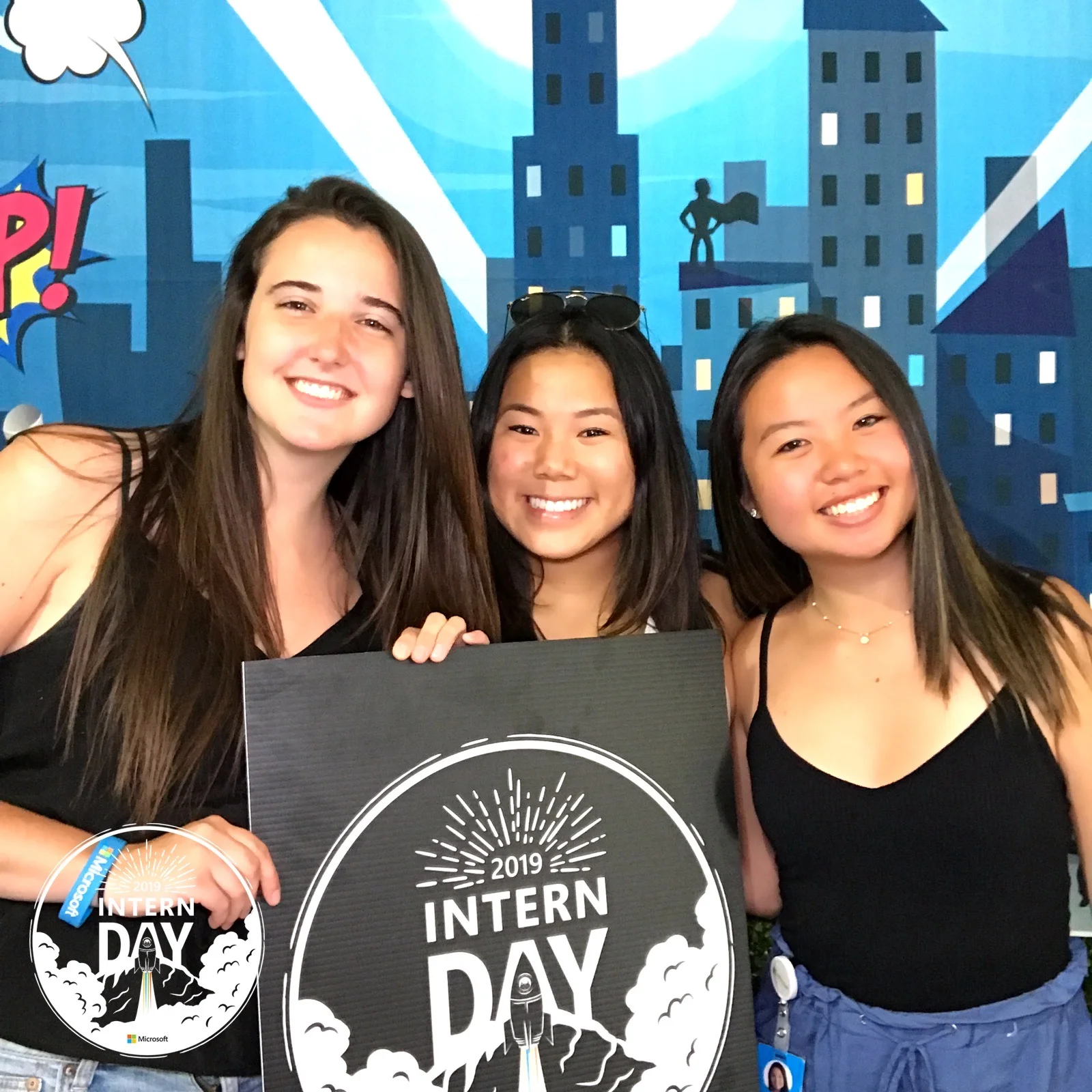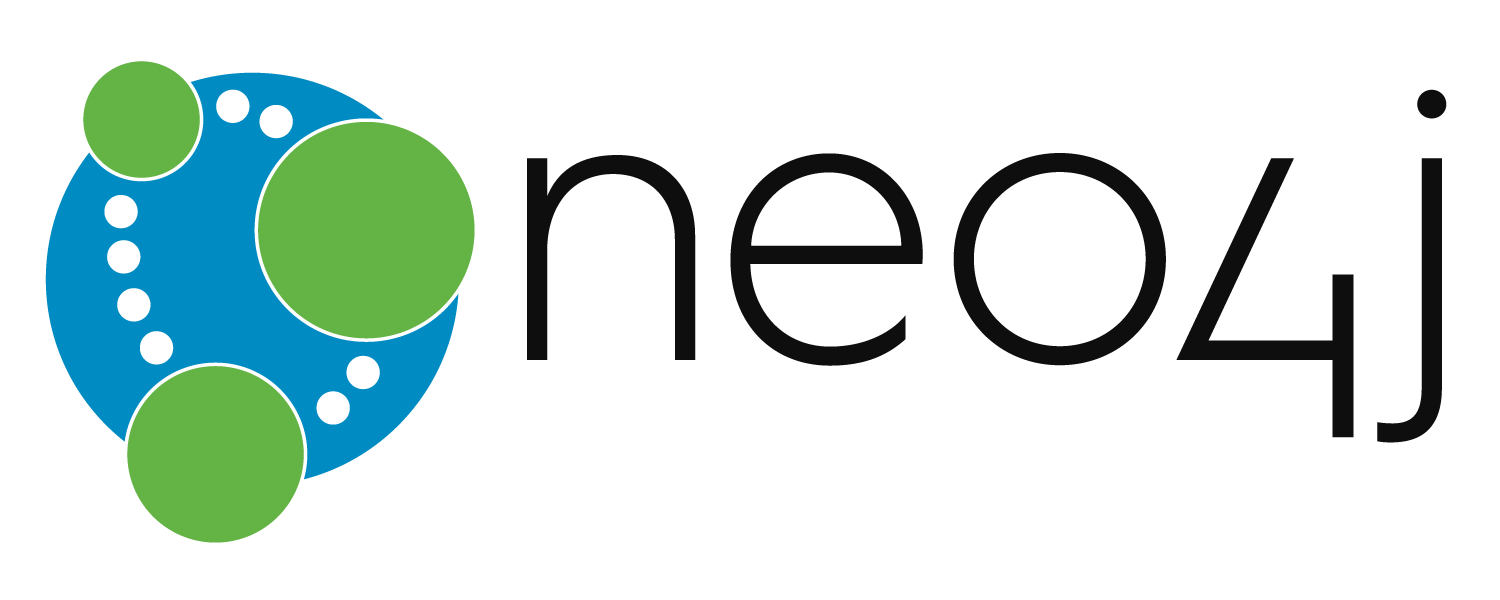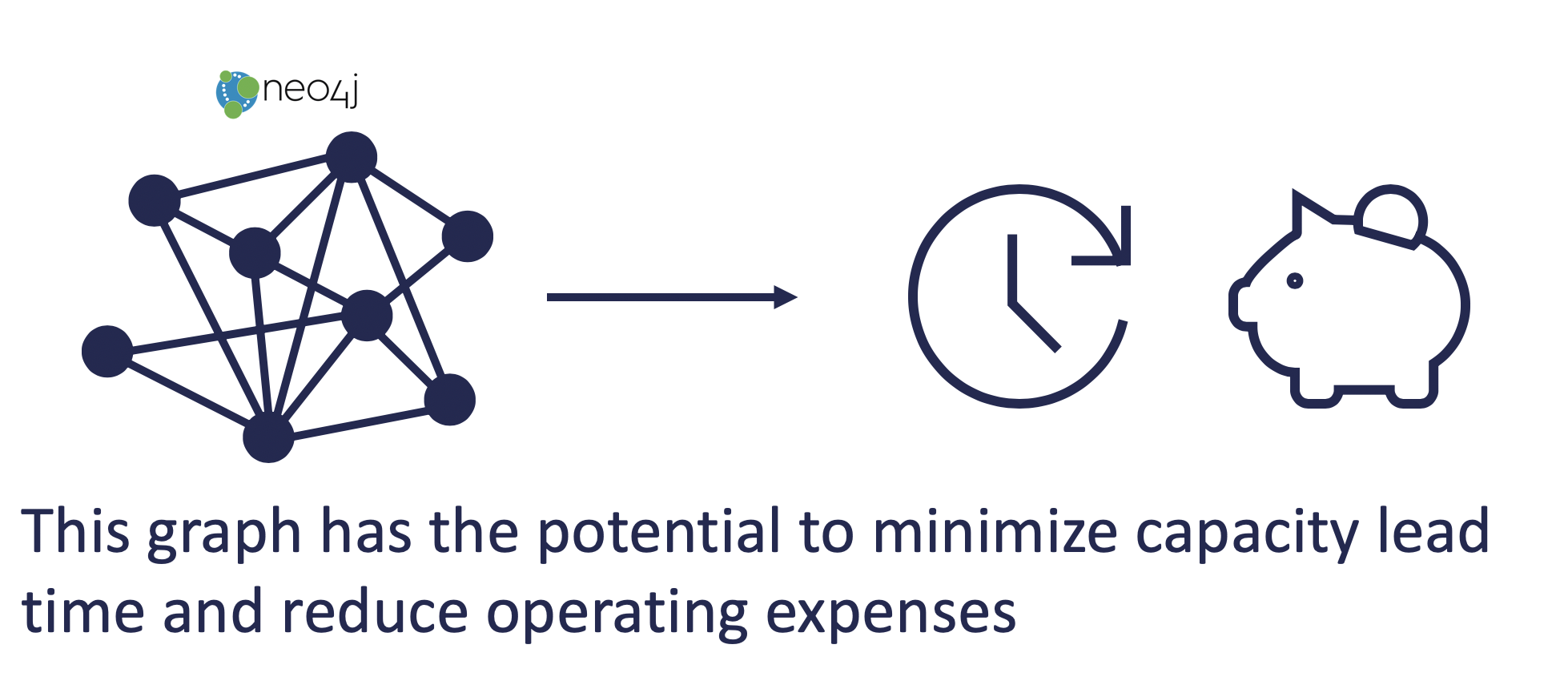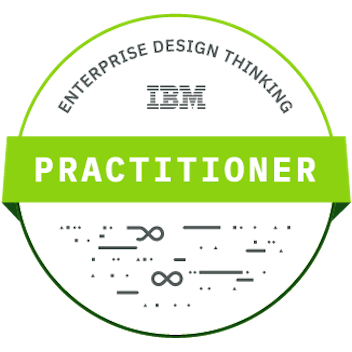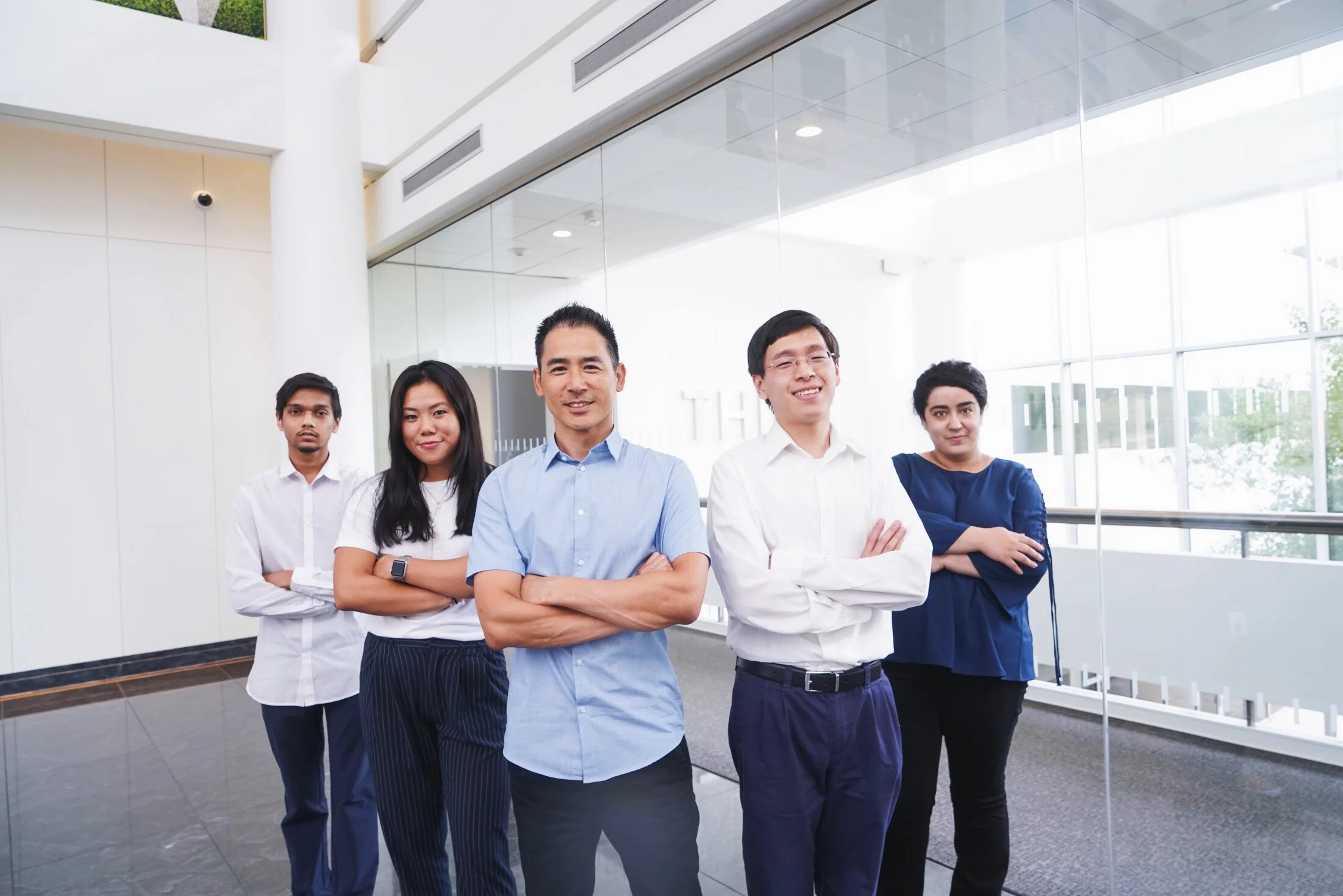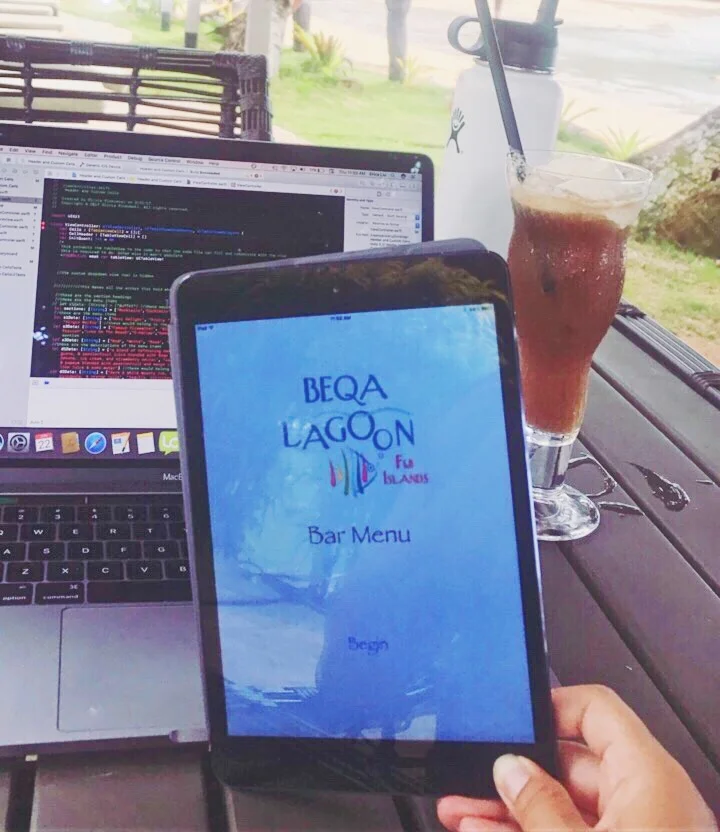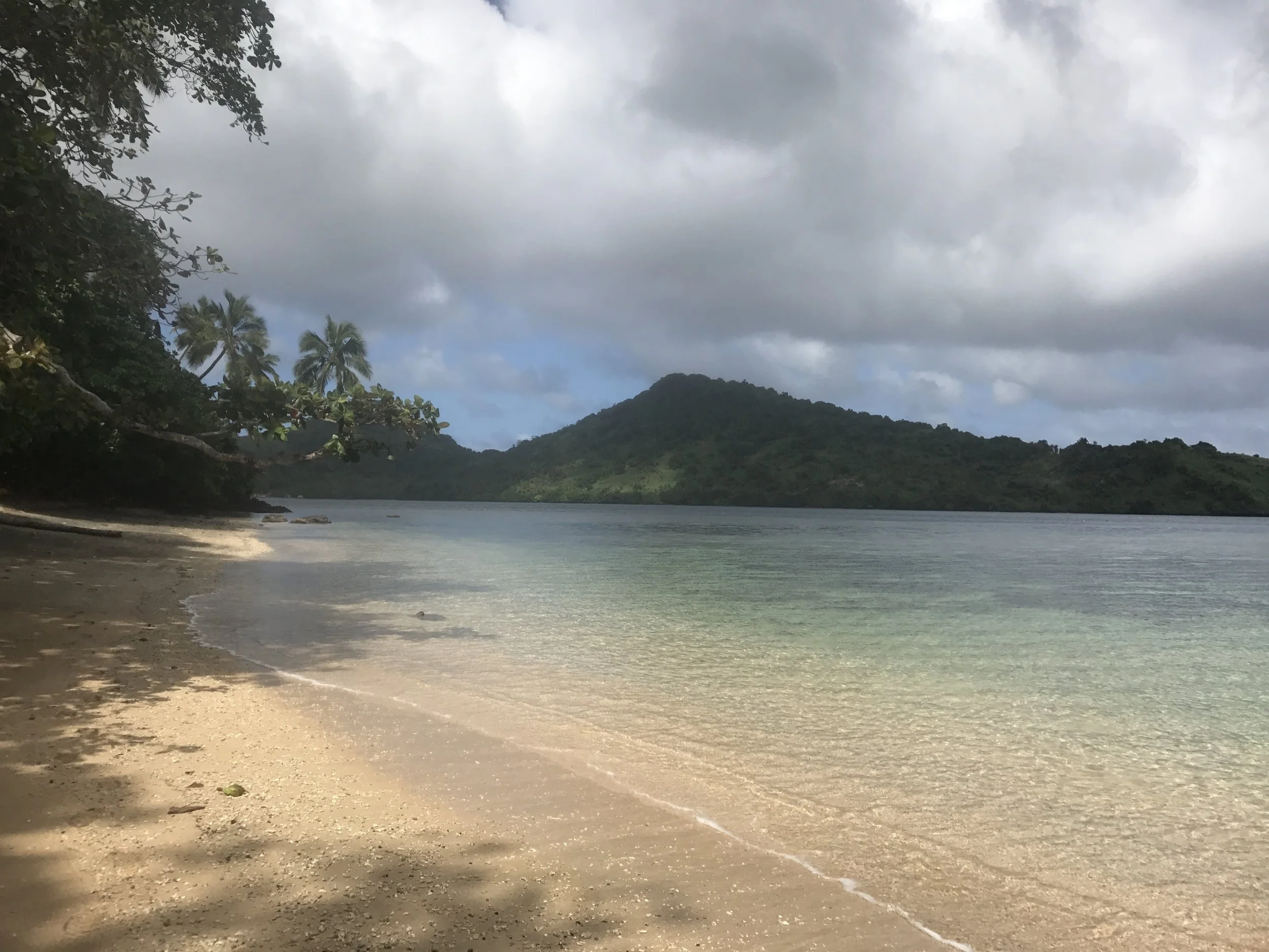Microsoft - Azure Cloud Program Manager Intern
SUMMER OF 2020
Mid-quarantine, completely virtual — I returned to Microsoft for another internship on Microsoft’s Cloud E2E Product Lifecycle Management team.
My Intern projects: Process Maps and Power BI Reporting
I was able to learn and consult three different teams that were SMEs for processes that went on within the org. Using Process Navigator, I published these three processes in order for the entire org to have that insight. I learned that understanding the entire end to end process for deploying Azure hardware is key for efficiency and visibility across all teams.
Also, I learned how to use Power BI and was able to drill down into a ~262KB XML Catalogue file that held all backend metadata for the 400+ process maps that were already published within the team. I developed two R Scripts to serve as the Power BI’s data source and to clean the data.
I created two dashboard reports that: 1) Brought insight into the current state of processes available, and 2) Gave process creators insight as to which processes have missing metadata to ensure high-quality maps.
Overall Internship Project Scope & Impact
Intern-Intern Panel for CHIE & CSCP
As all the summer interns (and Full-Time Employees) were completely isolated and virtual, I really missed the in-person experiences that I had the summer before. With the support of my mentor/manager, I asked some of the past intern colleagues I had worked with to be panelists in an “Intern to Intern” talk! The goal was for the current interns to gain some insight into how the transition between intern to full-time was, and also offer an opportunity to connect with others!
Overall — this was super fun to put together!
